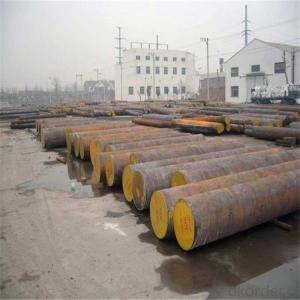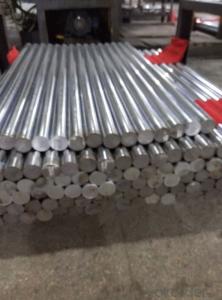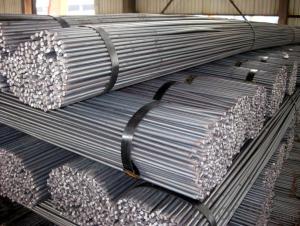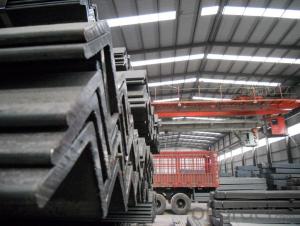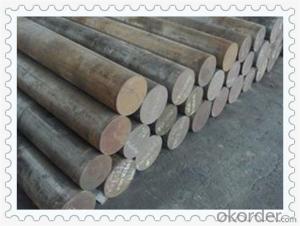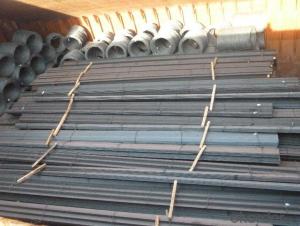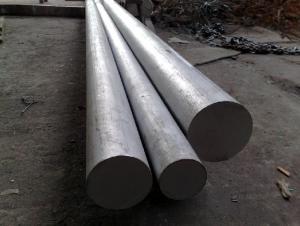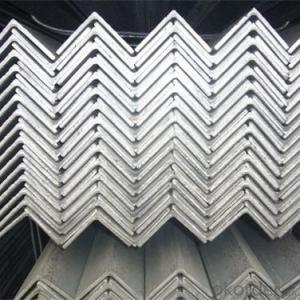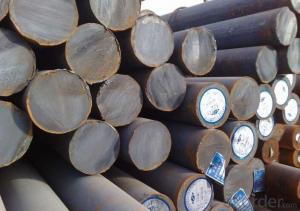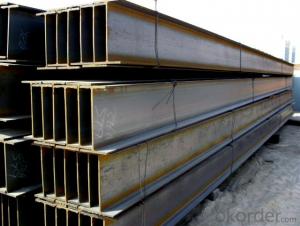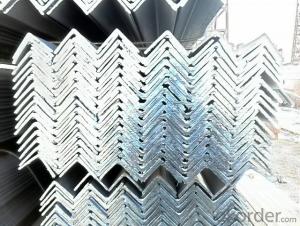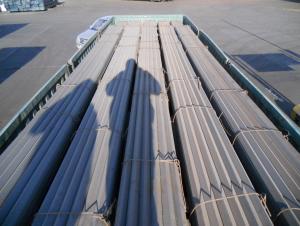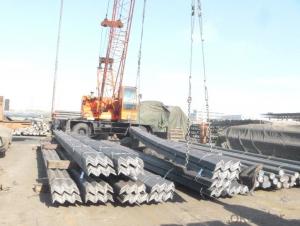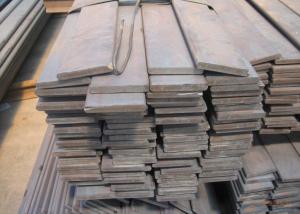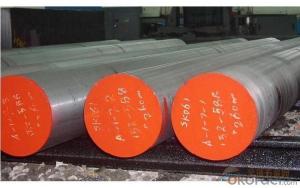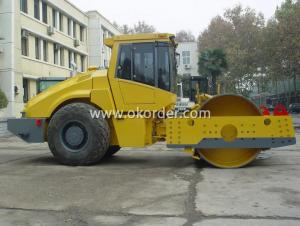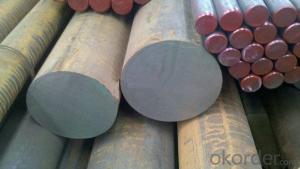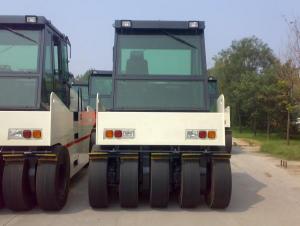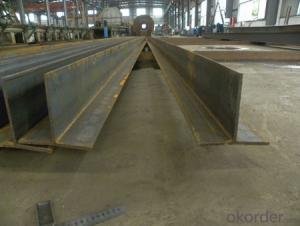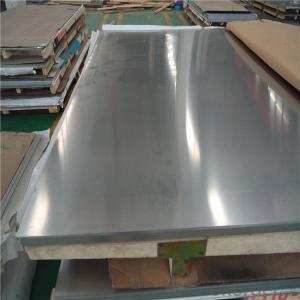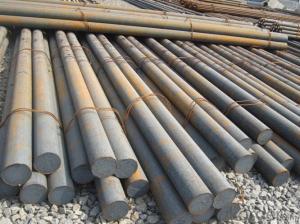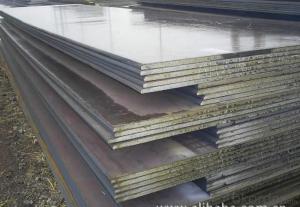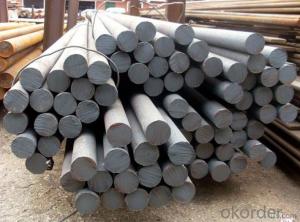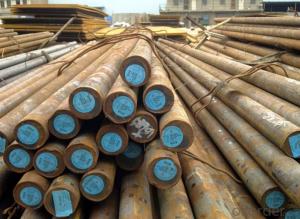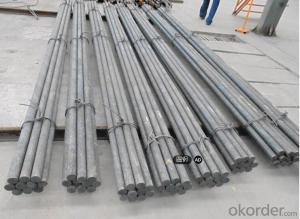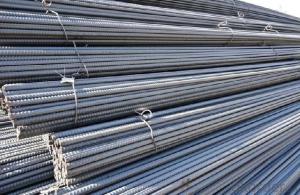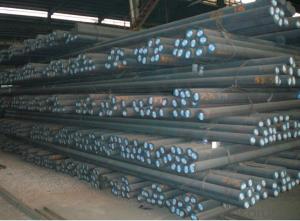Aisi 1020 Hot Rolled
Aisi 1020 Hot Rolled Related Searches
Aisi 1020 Plate Aisi 1020 1018 Cold Rolled Steel Hot Rolled Steel Us Hot Rolled Coil Meps Hot Rolled Coil Sunsirs Hot Rolled Coil Sae 1006 Hot Rolled Coil Cru Hot Rolled Coil Hot Rolled Mild Steel Hot Rolled Pickled Coil Hot Rolled Coil China Hrc Hot Rolled Coil P1020 Aluminum Hot Rolled Coil Malaysia Hot Rolled Coil Process Hot Rolled Coil Hrc Hot Rolled Coil Hs Code Cme Group Hot Rolled Coil Custom Hrc Hot Rolled Coil Shfe Hot Rolled Coil Hot Rolled Steel Prices Hot Rolled Steel Price Hot Rolled Steel Futures Hot Rolled Coil Futures Hot Rolled Coil Prices Us Hot Rolled Coil Prices Hot Rolled Coil Suppliers Hot Rolled Coil Price Hot Rolled Coil Price TodayAisi 1020 Hot Rolled Supplier & Manufacturer from China
Aisi 1020 Hot Rolled is a type of carbon steel that is widely recognized for its excellent mechanical properties and versatility. This product is manufactured by heating and rolling steel slabs at high temperatures, resulting in a uniform and consistent material that is suitable for various applications. Aisi 1020 Hot Rolled is commonly used in the manufacturing of structural components, automotive parts, and general engineering applications due to its balance of strength, ductility, and weldability. It is also appreciated for its ability to be easily machined and formed, making it a popular choice among engineers and fabricators.The Aisi 1020 Hot Rolled product is utilized in a broad range of industries, including construction, transportation, and heavy machinery, where its robustness and durability are essential. It is particularly favored for applications that require high tensile strength and impact resistance, such as in the production of gears, shafts, and axles. Additionally, its affordability and availability make it a cost-effective option for projects with budget constraints.
Okorder.com is a leading wholesale supplier of Aisi 1020 Hot Rolled, boasting a substantial inventory that caters to the needs of various industries. As a reliable source for this product, Okorder.com ensures that customers receive high-quality materials that meet the stringent requirements of their projects. With a commitment to customer satisfaction and a focus on providing competitive pricing, Okorder.com stands out as a trusted supplier of Aisi 1020 Hot Rolled in the global market.
Hot Products

